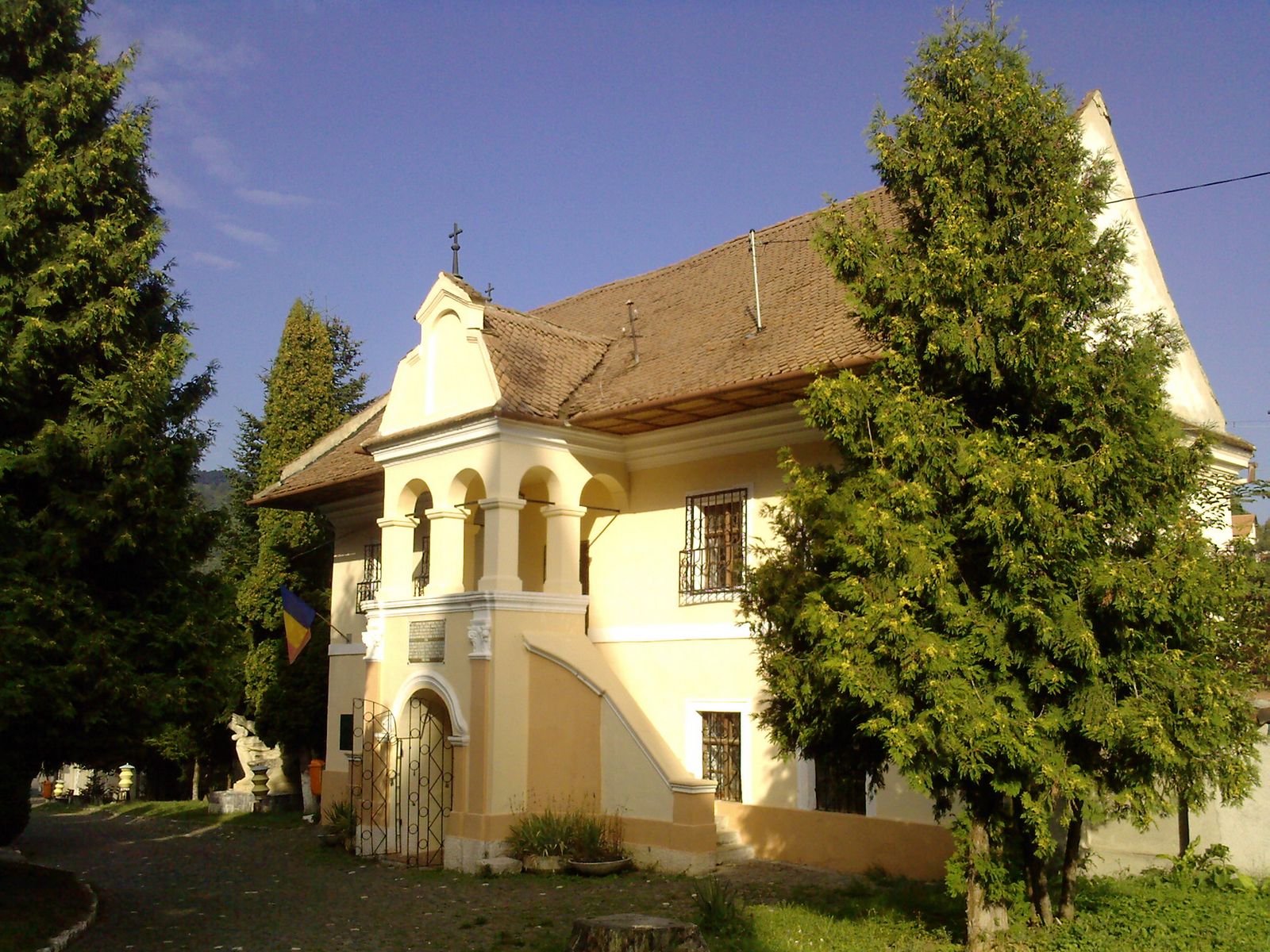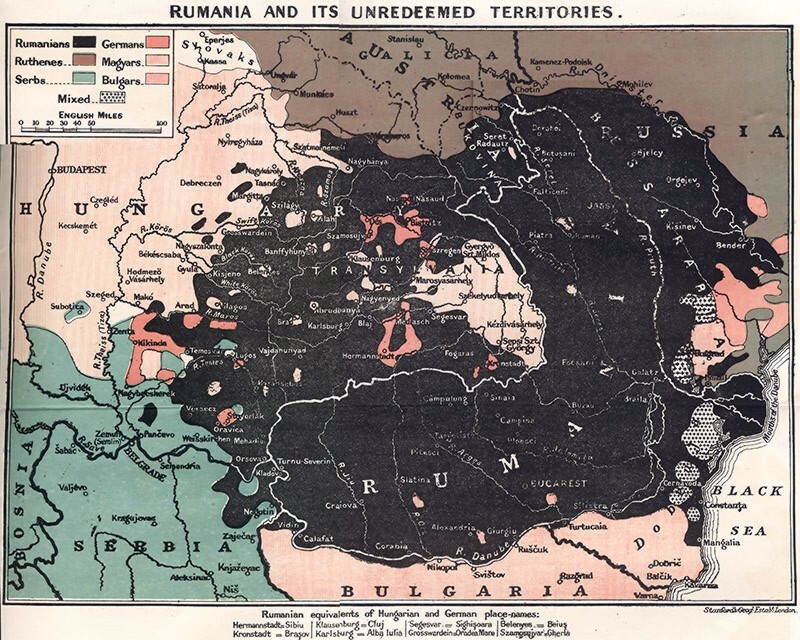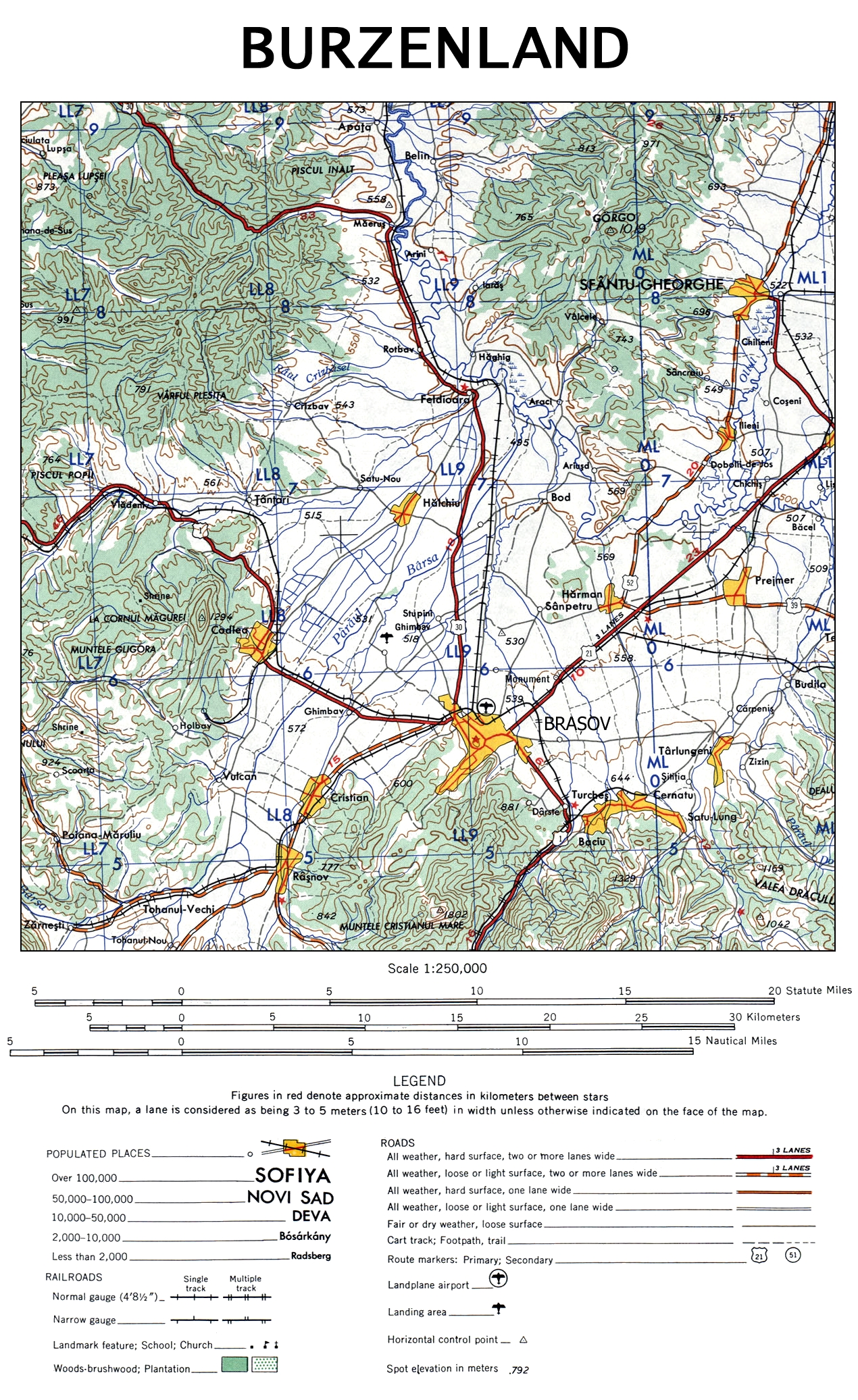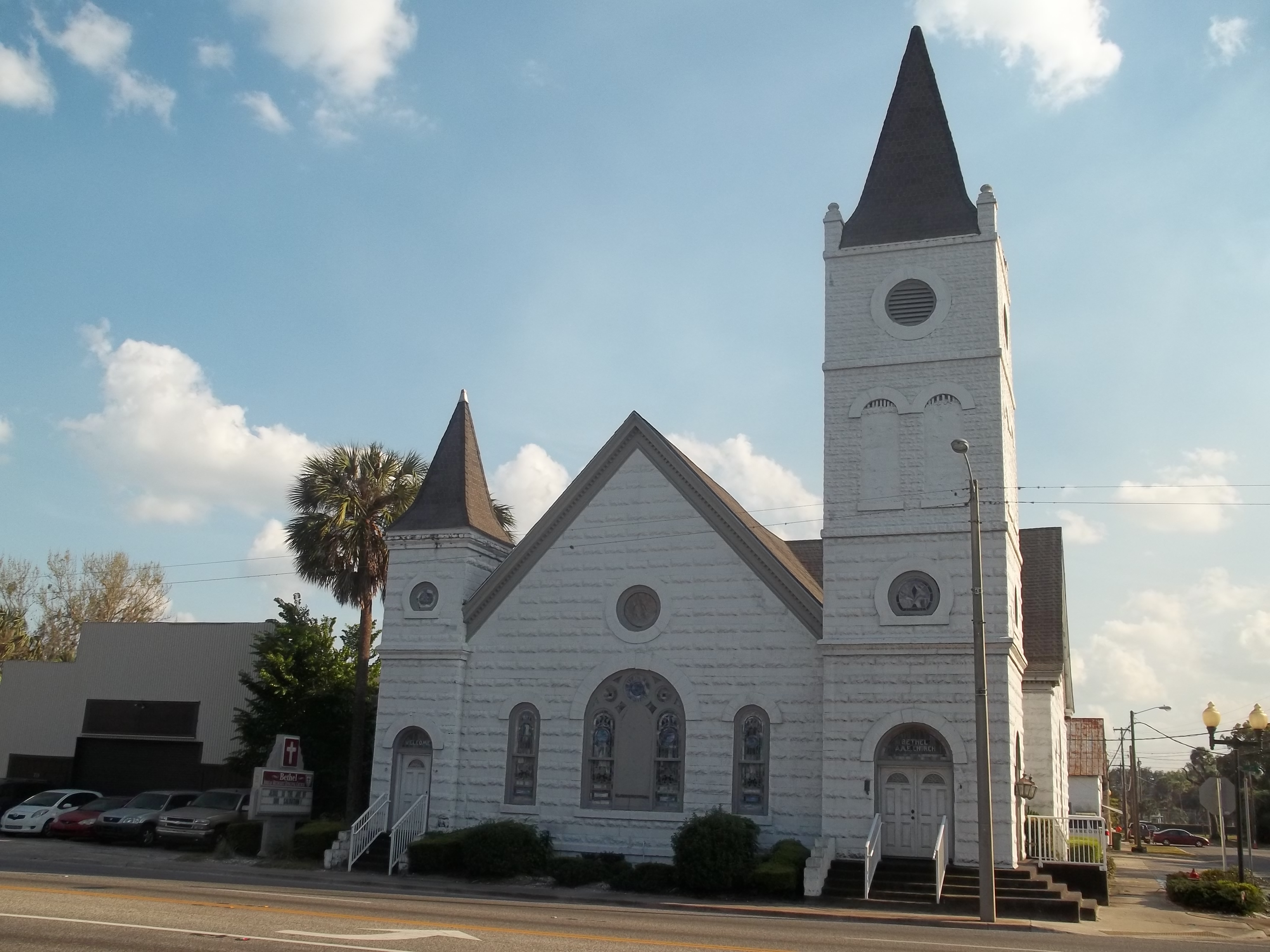|
»òcheii Bra»ôovului
Șcheii Brașovului ( hu, Bolgárszeg, german: Belgerei or more recently ''Obere Vorstadt''; traditional Romanian name: ''Bulgărimea'', colloquially ''Șchei'') is the old ethnically Bulgarian and Romanian neighborhood of Brașov, a city in southeastern Transylvania, Romania. This village-like section of the town is mostly made up of small houses built along narrow roads with gardens and small fields on the slopes of the Tâmpa Mountain. History Until the 17th century, the inhabitants of Șchei were forbidden from owning property inside the city walls. The people living in the Șchei could only enter the town at certain times and had to pay a toll at the Catherine's Gate for the privilege of selling their produce inside the town. Catherine's Gate was the only entrance for the Romanians — they were not allowed to use the other four entrances, such as the Șchei Gate. It was in Șchei that Brașov's first Romanian School was established, next to the Romanian Orthodox church of ... [...More Info...] [...Related Items...] OR: [Wikipedia] [Google] [Baidu] |
Romanian Orthodox Church
The Romanian Orthodox Church (ROC; ro, Biserica Ortodoxă Română, ), or Patriarchate of Romania, is an autocephalous Eastern Orthodox church in full communion with other Eastern Orthodox Christian denomination, Christian churches, and one of the nine patriarchates in the Eastern Orthodox Church organization, Eastern Orthodox Church. Since 1925, the church's Primate (bishop), Primate bears the title of Patriarch. Its jurisdiction covers the territories of Romania and Moldova, with additional dioceses for Romanians living in nearby Serbia and Hungary, as well as for diaspora communities in Central Europe, Central and Western Europe, North America and Oceania. It is the only autocephalous church within Eastern Orthodox Church, Eastern Orthodoxy to have a Romance languages, Romance language for liturgical use. The majority of Romania's population (16,367,267, or 85.9% of those for whom data were available, according to the 2011 census data), as well as some 720,000 Moldovans, belo ... [...More Info...] [...Related Items...] OR: [Wikipedia] [Google] [Baidu] |
First Romanian School
The First Romanian School ( ro, Prima școală românească) is located on the grounds of the 16th-century St. Nicholas Church, itself located in the historic district of Șcheii Brașovului, in what is now Brașov, Romania. This is the first school on the territory of present-day Romania where Romanian language was used in teaching (in 1583; up to then, Romanians used Church Slavonic language in education). History The building was erected in 1495, in a location then part of the Kingdom of Hungary, but according to researcher Vasile Oltean, the school had started to function before the 15th century.Prima școală românească - Începuturi by Vasile Oltean The first Romanian-language classes were held in 1583. It was rebuilt in 1597. The background of the students was varied and, being the only Romanian school in this region of Transylvania, people came from far and wide. Each village paid for one student to attend the school, in order to learn to teach upon returning and shar ... [...More Info...] [...Related Items...] OR: [Wikipedia] [Google] [Baidu] |
Tocile Church
The Tocile Church is a Romanian Orthodox church located at 57 Vasile Saftu Street, Brașov, Romania. Located in the Tocile section of Șcheii Brașovului, it is dedicated to the Holy Trinity. In the late 18th century, there were over 1000 Orthodox families in Șchei, all assigned to St. Nicholas Church. After numerous petitions, the residents of the Tocile area were permitted to build a chchurch in 1812. Construction began in 1824, with the ''ktetor'' list being headed by Grigore IV Ghica, Prince of Wallachia. Completed the following year, the church was consecrated in 1831 by Bishop Vasile Moga. In 1855, when the parish numbered 1395 members, repairs were done on the roof, facade and cemetery walls, to which gates were added in 1860.Description at the Brașov archpriest’s district site The church is in Gothi ... [...More Info...] [...Related Items...] OR: [Wikipedia] [Google] [Baidu] |
Romanianization
Romanianization is the series of policies aimed toward ethnic assimilation implemented by the Romanian authorities during the 20th and 21st century. The most noteworthy policies were those aimed at the Hungarian minority in Romania, Jews and as well the Ukrainian minority in Bukovina and Bessarabia. Romanianization in Transylvania In the period between the two World Wars After the end of World War I, on 1 December 1918, the Romanian National Council (elected representatives of the Romanian population) and soon afterwards, the representatives of the German population had decided to unify with Romania. The decision was contested by the Hungarian minority. The Hungarian–Romanian War of 1918–1919 established Romanian control over Transylvania, while the Treaty of Trianon of 1920 determined the Romanian border with the new Hungarian state. However, Transylvania had a large Hungarian minority of 25.5%, according to the 1920 census. A portion of them fled to Hungary after the uni ... [...More Info...] [...Related Items...] OR: [Wikipedia] [Google] [Baidu] |
Bulgaria
Bulgaria (; bg, –ë—ä–ª–≥–∞—Ä–∏—è, B«élgariya), officially the Republic of Bulgaria,, ) is a country in Southeast Europe. It is situated on the eastern flank of the Balkans, and is bordered by Romania to the north, Serbia and North Macedonia to the west, Greece and Turkey to the south, and the Black Sea to the east. Bulgaria covers a territory of , and is the sixteenth-largest country in Europe. Sofia is the nation's capital and largest city; other major cities are Plovdiv, Varna and Burgas. One of the earliest societies in the lands of modern-day Bulgaria was the Neolithic Karanovo culture, which dates back to 6,500 BC. In the 6th to 3rd century BC the region was a battleground for ancient Thracians, Persians, Celts and Macedonians; stability came when the Roman Empire conquered the region in AD 45. After the Roman state splintered, tribal invasions in the region resumed. Around the 6th century, these territories were settled by the early Slavs. The Bulgars, led by Asp ... [...More Info...] [...Related Items...] OR: [Wikipedia] [Google] [Baidu] |
Burzenland
Țara Bârsei, Burzenland () or Barcaság is a historic and ethnographic area in southeastern Transylvania, Romania with a mixed population of Romanians, Germans, and Hungarians. Geography The Burzenland lies within the Southern Carpathians mountains ranges, bordered approximately by Apața in the north, Bran in the southwest and Prejmer in the east. Its most important city is Brașov. Burzenland is named after the stream Bârsa (''Barca'', ''Burzen'', 1231: ''Borza''), which flows into the Olt river. The Romanian word ''bârsă'' is supposedly of Dacian origin (''see List of Romanian words of possible Dacian origin''). History Middle Ages Based on archaeological evidence, it seems German colonization of the region started in the middle of the 12th century during the reign of King Géza II of Hungary. The German colonists from this region are attested in documents as early as 1192 when ''terra Bozza'' is mentioned as being settled by Germans (''Theutonici''). In 1211 ... [...More Info...] [...Related Items...] OR: [Wikipedia] [Google] [Baidu] |
Tatars
The Tatars ()Tatar in the Collins English Dictionary is an umbrella term for different Turkic ethnic groups bearing the name "Tatar". Initially, the ethnonym ''Tatar'' possibly referred to the . That confederation was eventually incorporated into the when unified the various steppe tr ... [...More Info...] [...Related Items...] OR: [Wikipedia] [Google] [Baidu] |
Black Church
The black church (sometimes termed Black Christianity or African American Christianity) is the faith and body of Christian congregations and denominations in the United States that minister predominantly to African Americans, as well as their collective traditions and members. The term "black church" can also refer to individual congregations. While most black congregations belong to predominantly African American Protestant denominations, such as the African Methodist Episcopal Church (AME) or Church of God in Christ (COGIC), many others are in predominantly white Protestant denominations such as the United Church of Christ (which developed from the Congregational Church of New England), or in integrated denominations such as the Church of God. There are also many Black Catholic churches. Most of the first black congregations and churches formed before 1800 were founded by freed black people—for example, in Philadelphia, Pennsylvania; Springfield Baptist Church (August ... [...More Info...] [...Related Items...] OR: [Wikipedia] [Google] [Baidu] |
»òchei
''Șchei'' ( bg, шкеи, ''shkei'') was an old Romanian and Albanian exonym referring to the Bulgarians, especially in Transylvania and northern Wallachia. As a name, it has been preserved in the names of towns colonized in the 14th century by Bulgarians, in toponyms (''Dealu Schiaului'' near Rășinari), hydronyms (''Schiau River'', tributary to the Argeş River), surnames (''Schiau'', ''Șchiau'').Mușlea, ''Șcheii de la Cergău…'' The word is thought to derive from Latin ''sclavis'', a popular designation for the South Slavs (Bulgarians and Serbs in particular) that is still used in Albanian (in the form shkja and various dialectal variants). Șchei villages in Transylvania Among the towns or neighbourhoods bearing that trace of Bulgarian settlement are: * Șcheii Brașovului in Brașov ( hu, Bolgárszeg, german: Belgerei, traditional Romanian name: ''Bulgărimea'') * Cergău Mic in Alba County (archaic ro, Cergău Șcheiesc, archaic hu, Bolgárcserged) Other places ... [...More Info...] [...Related Items...] OR: [Wikipedia] [Google] [Baidu] |
Church (building)
A church, church building or church house is a building used for Christian worship services and other Christian religious activities. The earliest identified Christian church is a house church founded between 233 and 256. From the 11th through the 14th centuries, there was a wave of church construction in Western Europe. Sometimes, the word ''church'' is used by analogy for the buildings of other religions. ''Church'' is also used to describe the Christian religious community as a whole, or a body or an assembly of Christian believers around the world. In traditional Christian architecture, the plan view of a church often forms a Christian cross; the center aisle and seating representing the vertical beam with the Church architecture#Characteristics of the early Christian church building, bema and altar forming the horizontal. Towers or domes may inspire contemplation of the heavens. Modern churches have a variety of architectural styles and layouts. Some buildings designe ... [...More Info...] [...Related Items...] OR: [Wikipedia] [Google] [Baidu] |
First Romanian School
The First Romanian School ( ro, Prima școală românească) is located on the grounds of the 16th-century St. Nicholas Church, itself located in the historic district of Șcheii Brașovului, in what is now Brașov, Romania. This is the first school on the territory of present-day Romania where Romanian language was used in teaching (in 1583; up to then, Romanians used Church Slavonic language in education). History The building was erected in 1495, in a location then part of the Kingdom of Hungary, but according to researcher Vasile Oltean, the school had started to function before the 15th century.Prima școală românească - Începuturi by Vasile Oltean The first Romanian-language classes were held in 1583. It was rebuilt in 1597. The background of the students was varied and, being the only Romanian school in this region of Transylvania, people came from far and wide. Each village paid for one student to attend the school, in order to learn to teach upon returning and shar ... [...More Info...] [...Related Items...] OR: [Wikipedia] [Google] [Baidu] |








